The Puritan volumes that C H Spurgeon read as a boy in his grandfather's Congregational manse were from the library started by Stambourne's first nonconformists minister, Henry Havers, who was given his books by one Thomas Green. In a history of Stambourne a writer called Etinckamp says something like this on Havers. Havers was followed by his son and then his great nephew, all three sharing the same name.
The decisive time in Stambourne, Essex, as in many villages was 1660. The Restoration of the Monarchy did not lead there to a parallel restoration of Anglican religious supremacy; indeed it could be claimed that the village has a nonconformist majority to this day. Henry Havers, rector since 1651, was a presbyterian who had signed the Watchword but stopped short of taking the Engagement. He continued, even after 1662, both to preach to and to hold sway over his parishioners. As he had full legal tenure under the authority of the Great Seal, no action could be taken against him; despite the litigious times he did not offend against the laws then existing. This period of uneasy calm came to an end on St Bartholomew's day 1662 when, in common with two thousand or so others, he refused to swear the oath required by the Act of Uniformity passed by the Government of the newly restored King Charles II (reigned 1660-1685). He was now ejected and formally deprived of the living. He did not however leave the parish and the Hearth Tax records imply that he still occupied the Rectory at Michaelmas 1664. He had however founded a nonconformist group known as the Stambourne Meeting which survives as the Congregational Church to this day. Several persons were prosecuted for housing the conventicles. Havers moved his domicile only half a mile down the Rectory Lane where he had purchased, or more probably built, New House Farm, within a moat. It was for this address that he obtained his Presbyterian licence to preach in 1672. Though he was from now on often in the courts and did for some short times leave the village he continued preaching there until he died at the ripe old age of 84. The battle between him and the Church of England for the spiritual care of the parish continued all this time and he decidedly had the best of it. Thomas Brown says that in 1700 no one could be found to act as Churchwarden: in a census of 1676 Stambourne was the only Essex parish to show nonconformists outnumbering their Church counterparts (by 65 to 60); the numbers would not be greatly dissimilar today.
Havers is an ancient Essex family. Henry had money of his own, as well as by marriage. The records of Newhouse farm begin only in 1813 and it was pulled down during the last war. The chimney bore a date in diaper, possibly I.P. 1678. He seems to have disregarded the Five Mile Act of 1665 but did seek and obtain two licences to preach. There is a legend of his being sought by soldiers of the King in the village but escaped by hiding in a kiln which had cobwebs across the opening. The XVIIIth century antiquarian Bishop White Kennett, who in 1745 married Dorcas, the widow of Clopton Havers Henry's second son, notes that the Meetings were well attended while the parish church was in a state of neglect. Absenteeism of the Rector, Mark le Pla, may well account both for this and the absence of a warden. This Clopton Havers, a pioneering physician, became Stambourne's most famous son.
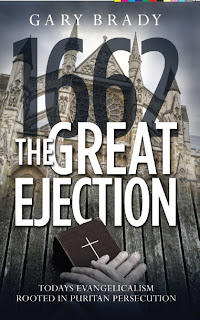
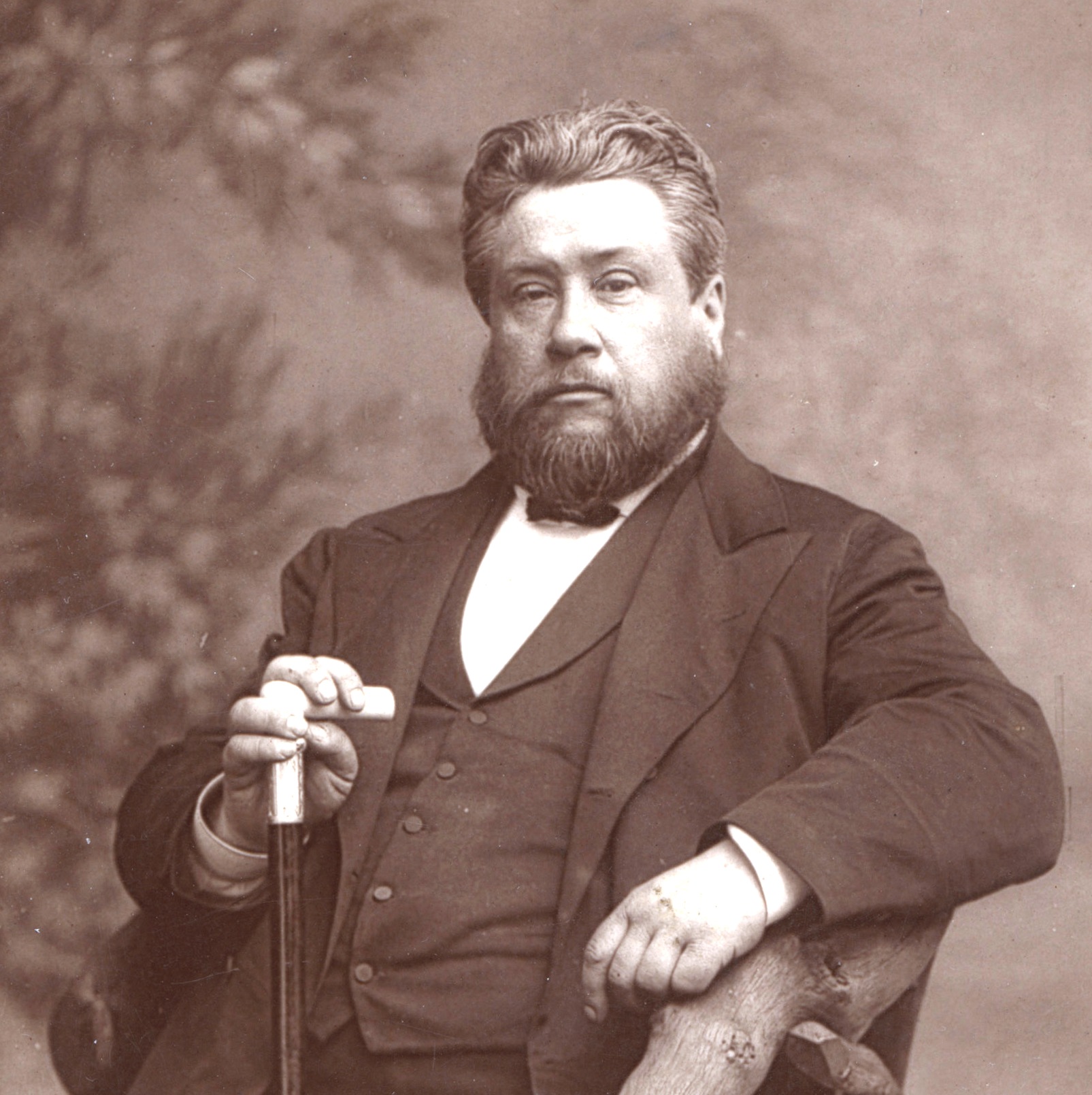
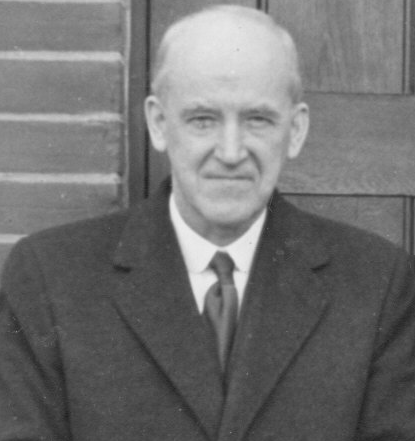
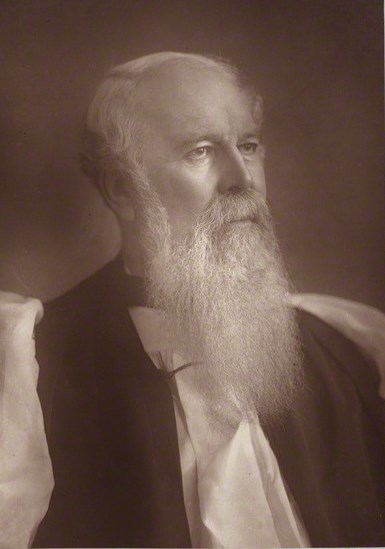





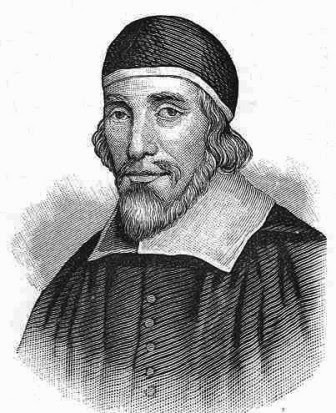



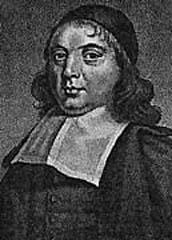

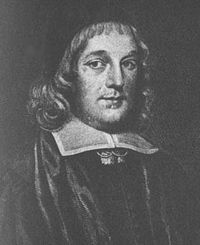
.jpg/220px-Thomas_Watson_(Puritan).jpg)
